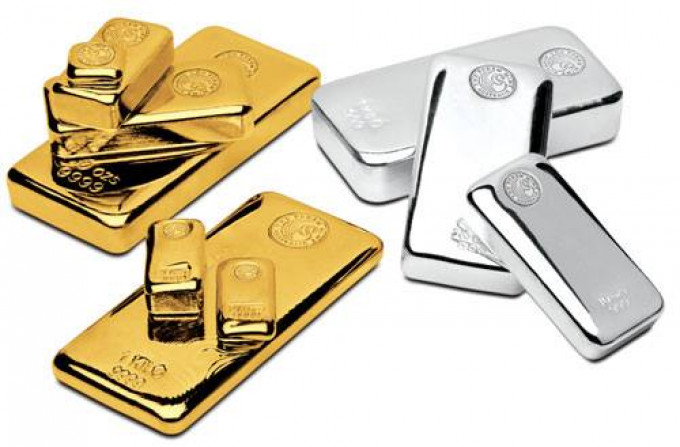OPEC and allied oil-producing countries, including Russia, are weighing conflicting forces Thursday as they decide how much crude should flow to volatile global markets. Europe’s proposal to phase out Russian oil and other Western sanctions are choking back supply, while COVID-19 shutdowns in China are cutting demand.
The result has been fluctuating and high oil prices, squeezing consumers in the U.S. and Europe with climbing inflation and the rising costs of driving and heating homes. That eats away people’s ability to spend elsewhere, including at shops still rebounding from the pandemic.
Analysts expect the 23-country alliance known as OPEC+ to stick with a set schedule of modest increases in production, amounting to 432,000 additional barrels of oil per day in June. The gradual increases are aimed at making up deep production cuts made during the depths of the pandemic recession in 2020.
READ ALSO:



1672397318_680.jpg)



